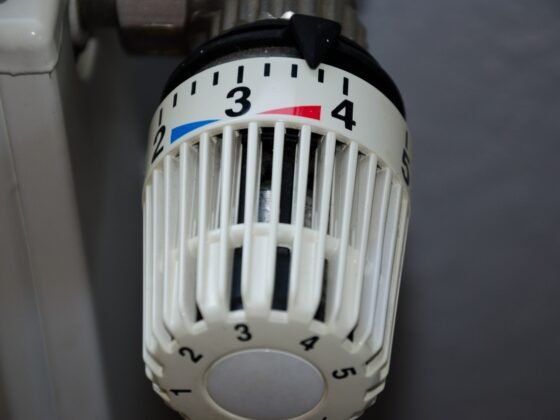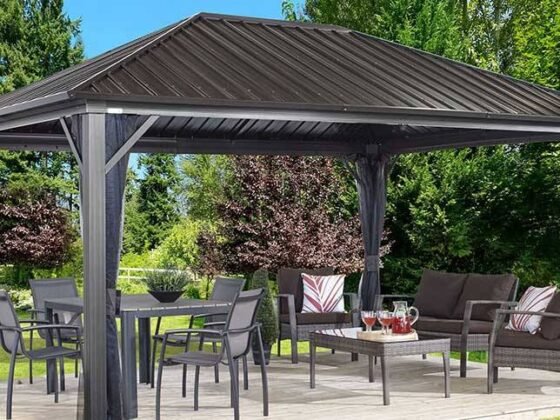Table of Contents Show
If you thought remodeling your basement wouldn’t take a massive bite out of your wallet, you’d be sadly mistaken.
As a matter of fact, basement projects are known infamously for going well over the budget. Most homeowners start their basement remodeling project without having a clear vision in mind about the end result they’re looking for.

Home Advisor reports that the average basement remodel has a 70% investment return. While it may sound enticing to just about any homeowner, it doesn’t necessarily mean that you break the bank trying to finish your basement.
However, the good news is that you can still end up with a nifty-looking basement without quickly burning all your hard-earned money.
Here are some of the most cost-effective strategies you can implement when remodeling your basement:
1. Do the Proper Research First
The first thing to do before opting to buy something is to think about your decision to buy something.
We suggest reading home improvement magazines, going to trade shows, visiting other homes with basements, or checking out websites like Pinterest to get some ideas of your own about what you would like to add to your project.
After that, start performing some research on your project and the materials you’re going to use. For instance, if you’re planning to include a kitchen in your basement, think about how often you’re going to use it there.
Are you going to perform some entertainment there? And if so, how are you going to call your guests over?
If it’s just a couple of times in a year, then perhaps it would be best to add a counter rather than an entire kitchen from both a financial and practical perspective.
Should you consider adding a bathroom in your basement? If, for instance, there’s a guest bathroom downstairs, then this move would make sense.
But if you’re going to use the basement as a gym, an office, or entertainment, then it’s not wise to spend the budget in this area as it could save you around $5,000.
If you’re interested, you can find some great basements at a fraction of the cost when looking at Keswick detached homes.
Read Also:
- Unlocking the Potential: Transforming Your Basement into a Functional and Stylish Space
- [Infographic] Quick Actions to Take When Basements Floods
- What Do You Have Planned For Your Basement Floor?
- 5 Ways to Protect Your Basement from Water Damage
- Top 5 Benefits of Basement Waterproofing
- 7 Best Basement Renovation Ideas
2. Opt for an Open Ceiling
Some prefer to revamp their basement while opting for a suspended ceiling with drywall or tiles. However, a more affordable alternative would be to have an open ceiling and then give it a black shade.
Not to worry, as this alternative won’t hamper the quality of your basement’s finish.
Suspended ceilings typically cost somewhere between $2,000 to $3,000 depending on the basement’s size and the type of tile you want.
This option also requires homeowners to factor in beams and determine how they can have low HVAC trunk lines installed.
Open ceilings offer simpler access to mechanical fixtures while also increasing headroom in the basement.
3. Save Up on Flooring
Many homeowners prefer to choose top-quality materials, but there’s no need to choose something so fancy and expensive when it comes to basements.
There are also practical reasons why you should not opt for the more expensive flooring types. Firstly, leakages are a common thing with basements.
It wouldn’t make sense to spend all that excessive cash on something that will only be susceptible to damage a little while later. It would be nothing less than frustrating overall.
Another reason is that you can save up quite a good deal of money with the type of flooring you choose. For instance, if you go with a lowly-priced carpet and have a premium pad installed under it, you’ll be surprised by how it’ll look.
It’s the same thing with a less expensive-looking tile than the more expensive, premium one. In the end, you can have a spectacular-looking basement and save up a good fraction of your money.
4. Increase Wall Spacing
The newly framed walls of your basement are non-load-bearing and non-structural. This means that they won’t be able to support loads from the top, giving you the freedom to increase the stud spacing to 24 inches instead of 16 inches.
Generally, studs cost $2 to $3 individually. But by increasing the spacing of your walls, you’ll have fewer studs and save up more as a result.
Let’s take the example of a 12-ft wall. If you have the studs spaced out at about 16 inches, you’ll use 25 studs, which will end up costing you $75.
But if you space the studs at 24 inches, you’ll only use 17 studs, dropping the cost to $51. And when taking into account the long-term costs, the savings will accumulate.
5. Keep Everything Standard
The standard approach may not be for everyone, but it is a lot easier on your wallet than going for the “custom” path. Customizing the features of your basement will only boost the overall remodeling cost considerably.
Standard materials and sizes will save homeowners a lot when it comes to features like countertops and cabinets.
You’ll have a wide range of prefabricated materials to pick that are not only beautiful but also quite affordable, like those with keswick detached homes. So be sure to only go for the standard options.
6. Get Rid of an Extra Door
Depending on their size, location, framing needs, and type, doors can be quite hefty on pricing.
Door installations can cost homeowners an average of approximately $970, with some spending somewhere between $472 and $1476.
When the basement is done, be sure that there aren’t any extra doors lying around as you could end up saving a decent fraction of your money.
Not considering an extra door means that you won’t have to spend on the door frame, the trim, doorknobs, casing, labor, and prep.
7. Ensure Clear Air Quality
Another thing that basements are known for is moisture, which could lead to mold and mildew production and growth. It’s not precisely your basement’s overall aesthetic that you need to consider; it is how your overall health will be affected because of this.
To ensure air quality is kept to a more manageable level, invest in an air purifier, starting as little as below $100.










